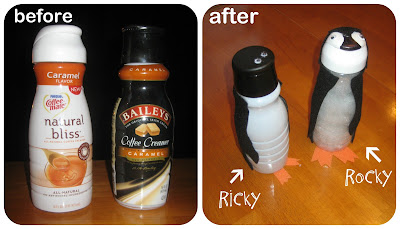At the library, I stumbled on a wonderful math word problem
book – Arithme-Tickle by J. Patrick
Lewis. The first problem in the book is about a mailman that rides the elevator
up and down delivering letters and packages. Readers have to use their math
skills to figure out what floor he eventually ends up on.
It was the inspiration for this little game - Elevator Math!!
What You Need
24-floor skyscraper picture (download it here)
Lamination
Fine-tip dry-erase markers
2 regular dice
1 adapted UP and DOWN die (visit my Slide-A-Story activity for a download)
Notebook paper and pencil (optional)
Prep
To play, write six destinations on different floors of the
laminated skyscraper (e.g. swimming pool, vet, chocolate shop, toy store, art
studio, cheese factory, cafeteria, karate dojo, etc.).
Objective
See how many of the special destinations you visit while “riding” the elevator 11 times.
See how many of the special destinations you visit while “riding” the elevator 11 times.
Play
Roll the two regular dice. Add the dots together. Roll them
again and add all the dots together.
The total of these four dice rolls equal the floor that you start on.
Next, roll the three dice. Add the dots on the two regular
die together and, if the third die reads “UP,” add the totaled number to the
floor number you are on; if the other die reads “DOWN,” subtract the number
from the floor number you are on. Then, color a window on that floor and make a
tally mark. Roll the three dice 9 more times until you have 10 tally marks on
your skyscraper page, adding/subtracting and coloring the floors.
THE ROOF/BASEMENT: If the player ends up on the roof or in
the basement, have him/her circle the word “roof” or “basement.” When on the
roof, there’s only one way to go: down. The opposite is true for a player stuck
in the basement. A total of the two regular dice determines how far up/down
the player goes. For example, if the player is stuck on the roof and rolls a
seven, they’ll descend 7 floors to floor 17.




















































